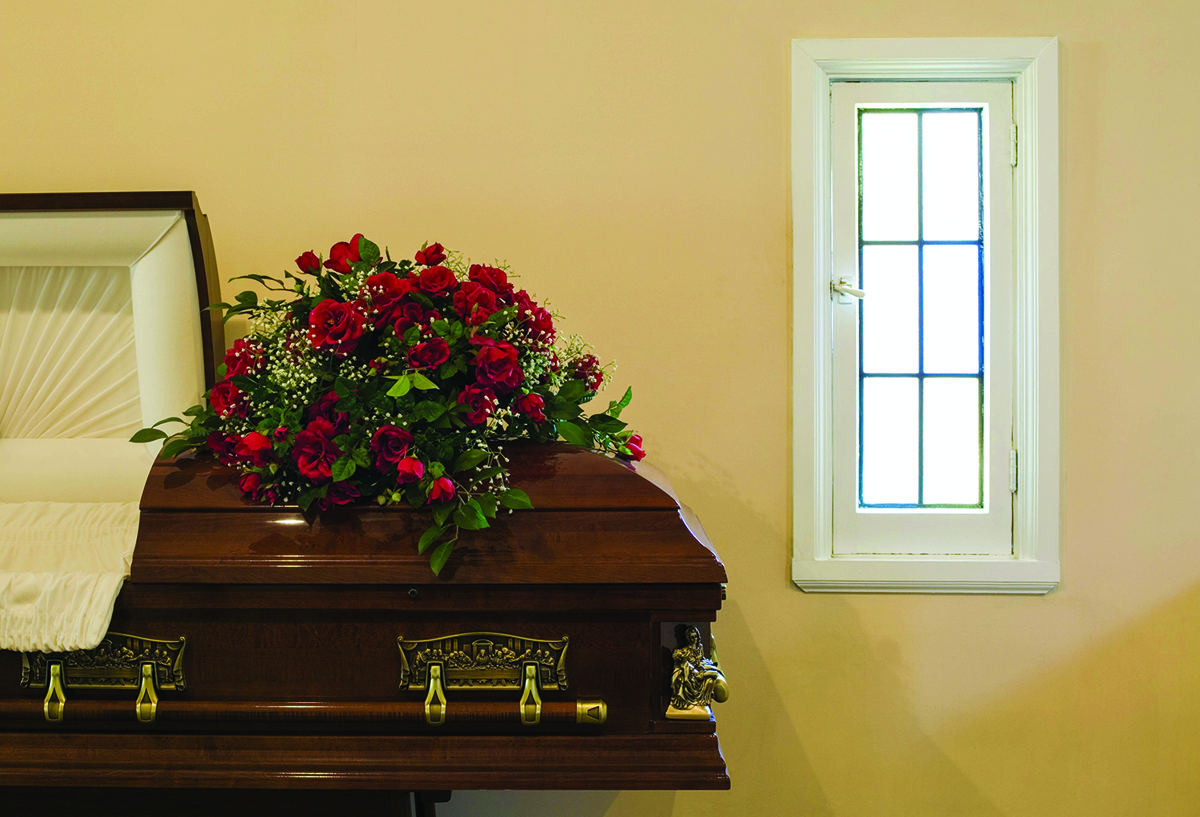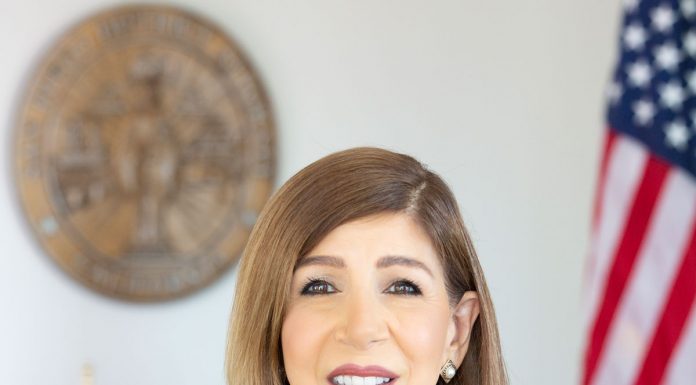According to the Funeralone website, 34.7% of Americans attended between three and five funerals in 2014, the last year for which statistics are available.
However, the current limit on no more than ten people per gathering instituted by Governor Gavin Newsom in an effort to curb the spread of COVID extends to funeral gatherings.
Glen Abbey Memorial Park and Mortuary employee Alex Davila said the shift from large funerals to small gatherings was a confusing and concerning escalation of events.
“Going from no more than 250 to no more than ten people gathered at once, in four days, was a very sudden and drastic change in pace considering the count was 150 or more people, two times a day on average. It went from packing as many people into a room as possible because of the rain to having no receptions and six foot spaces between chairs at visitations and services. Burial services were suddenly limited to immediate family and those deemed appropriate by the immediate family,” Davila said.
El Cajon Mortuary’s parent company Service Corporation International External Communications Specialist Christopher James said their funeral homes, nationwide, are following The Centers for Disease Control and Prevention’s (CDC) guidance regarding public gatherings.
Davila also said the CDC guidelines directly influenced decisions made at Glen Abbey.
“When it was all starting the first question we asked ourselves internally was: do we obey the CDC recommendations because that’s all they were at the time, just recommendations, or do we let the family waive the guidelines and carry on with large services and receptions? Eventually, the governor put in a hard cap at no more than ten with social distancing which was honestly a surreal change because of how the organization of events changed,” Davila said.
El Cajon Mortuary General Manager Alejandro Escalera said staff members have had to get creative with scheduling events, sometimes staggering visitation so that ten people can visit at a time with another ten waiting in cars for their turn.
“Families have been understanding but it is hard. We have also made some arrangements for in-home gatherings where we bring the deceased to a family member’s home so they can gather there, and then return later for pickup” Escalera said.
Davila also said that the reduced need for event setup meant a reduction in employable hours.
“Effectively the business side of the mortuary I work at went from having three points of service to two to one in the span of a week meaning that income dropped and in turn hours did as well. We went from having visitation services, burials and receptions to having almost exclusively burials because it is inefficient, in terms of time and money, to do all three with only ten people allowed in attendance. And then, because of reduced hours and social distancing guidelines, the schedule for the essential operating personnel quickly began to look like the shift rotations akin to a Navy ship, with three crews rotating in throughout the day and week to work as needed,” Davila said.
Escalera said technology is helping connect families.
“We are doing well with Webex and Zoom. Even if they don’t have a camera on their end, they can see and hear us. I think we’ll continue with some of it after this has passed, especially for family members from out of state,” Escalera said.
The manager said he understands this can be a heartbreaking time for family but he has to protect his staff and their families.















